An American in Madagascar: Language and the Land of Contrasts Posted by Transparent Language on Sep 13, 2017 in Archived Posts
The team at Transparent Language is always on the move, meeting with librarians, educators, and language program administrators around the country. As you might expect from language buffs, we also do a good bit of personal travel abroad. Today’s post is from Janet, our technical writer and perhaps most intrepid traveler.
A few years back, I wrote about the language learning I did for my vacation in Iceland, and how much it added to my trip. Originally, I had every intention of doing the same for this summer’s adventure to an entirely different, but equally amazing island – Madagascar.
Time and my schedule conspired against me, though, and in the end, I stepped off the plane in the capital city Antananarivo (which everyone simply calls Tana) knowing exactly two words of Malagasy – “Salama” (one word for “Hello”) and “Misaotra” (“Thank You”). Neither was much use for navigating the bizarrely long, multi-step airport customs process, but we got through with only one moment of real confusion. (I *still* don’t know exactly what one official meant when he waved my passport and said “Last box! Last box!”, unless maybe he was directing me to the final kiosk in his row?)
Outside the airport, the real adventure began, both literally and linguistically. Madagascar is a land of contrasts – rice paddies side by side with busy cities; white sand mixed with red clay soil; rainforest beside burnt plains. We covered a great deal of ground over two weeks, and still just scratched the surface, even with activities from forest hikes and boat rides to market visits and stargazing.
My lack of language preparation turned out not to be an issue – or at least not the way I’d thought: Nothing meant for tourists is written or said in Malagasy. But while they don’t at all expect a foreigner to speak their language, they do expect any educated person to speak French. That’s the language of higher education, the idiom of imported entertainment, and the native (or at least learned) tongue of most travelers there. English is tertiary at best. Now, I’ve never formally studied French, but I do come into regular contact with it in written form at work. As a result, I can read a fair amount, but beyond “Bonjour” and “Merci”, understanding and speaking are another story.
Coincidentally, those are the same words I knew in Malagasy, and I made a point of using them in both languages. When you’re meeting so many great people, there’s always a reason to thank someone, and the Malagasies are happy to accept either “Merci” or “Misaotra” anytime. (They will be politely puzzled if your jet-lagged brain comes out with the Hawaiian “Mahalo” by mistake. Still, a smile can carry you through.)
I also used smiles, pointing, and poorly-pronounced French to order ice-cream at a stand near the hotel the first day, and was rather proud of that – at least until I learned it’s culturally inappropriate to point. (You’re supposed to use your full hand, or a bent knuckle.) Fortunately, I was directing my finger at a nearby object, not a person or landscape, which is less of an issue. And the surreal sensation of sitting outdoors eating coconut ice-cream on an African island made it more than worth the effort of ordering!
By evening that first day, we had connected with the rest of our group from Natural Habitat Adventures. From that point on, our fun, fantastic guides kept everything running smoothly, including a local guide who shared fascinating stories in excellent English. That made us lucky… solo travelers in Madagascar have to hire private guides at each park or place of interest, hoping to find one with whom they share a common tongue so they don’t have to depend on charades.
Sometimes words aren’t needed, though – like when a lemur lands on your head at Lemur Island (a sanctuary for former pet lemurs who can’t be released to the wild). I don’t care what language you speak, you’re just going to squeal, smile, and start snapping selfies. (We saw that hold true for Spanish and Russian tourists, as well as the Americans in our group.) The common brown lemurs, like the one in the photo below, will merely grunt in response.
Later on, we met a student from Oxford doing her thesis on lemur communication and what their various vocalizations mean, but here, I think they’re just saying “I’m cute, give me a banana.” =-)
Elsewhere, in the wild, we heard very different lemur sounds, like the clear, whooping cries of the indri (the largest lemur species). A whole family group will call out at once, just to tell the world “This is our territory, leave us alone.” – a lingering message that rings out all the more plaintively in these days of deforestation, climate change, and environmental threats.
The call of Indri – listen with sound (and headphones if needed) for best effect
Though our trip focused on nature, we did cultural activities as well – visiting a village, walking through a market, and so on. We got to hear a lot of Malagasy, which has a wonderfully intriguing sound. (Fun fact: Malagasy is a Polynesian language, not an African one in origin, though the tongues of the nearby continent have influenced it.) The guides and other locals talked around us, children ran up and chattered, posing for photos they’d eagerly gesture to see – they didn’t care whether they were understood. One young lady practiced a textbook-perfect “Hello, how are you?” conversation with me in English, and a boy at the market inexplicably shouted “¿Español?” as we passed by – he and his friends cracked up laughing and dashed off when I answered in Spanish.
We also saw Malagasy written on signs, though not as many as you might expect. Market stalls often show their goods unlabeled, and street signs don’t seem to be common. (That makes urban navigation interesting.) A surprising amount of advertising for locals also appears in French, especially in cities – we passed French billboards for everything from iPhones to “Les meilleurs spaghettis de Madagascar !” (Madagascar’s best spaghetti!). The localization coordinator in me wonders if international companies save money by reusing ad campaigns from France, counting on the compulsory French study in schools to make their message comprehensible. I can’t judge how well that works for them, but it did give my French reading skills a workout.
When I couldn’t work out the words, I’d look at the pictures and guess, or ask our local guide if I was curious enough. It’s fascinating to hear what’s popular. For example, you know what’s currently a thing in Madagascar? Fidget spinners. Seriously! Somehow, those silly spinning disks have jumped continents to captivate kids and puzzle parents in Tana, too. Our guide said his daughters want one.
That just goes to show, sometimes the most unexpected things cross cultures more easily than you’d think, and for every difference you see, there are always hidden similarities to find. I’m grateful for the contrasts and comparisons I got to explore in Madagascar – far and away the most different place I’ve ever gone.
What about you? What was your most exotic trip? Do you examine language use while you travel?

Build vocabulary, practice pronunciation, and more with Transparent Language Online. Available anytime, anywhere, on any device.



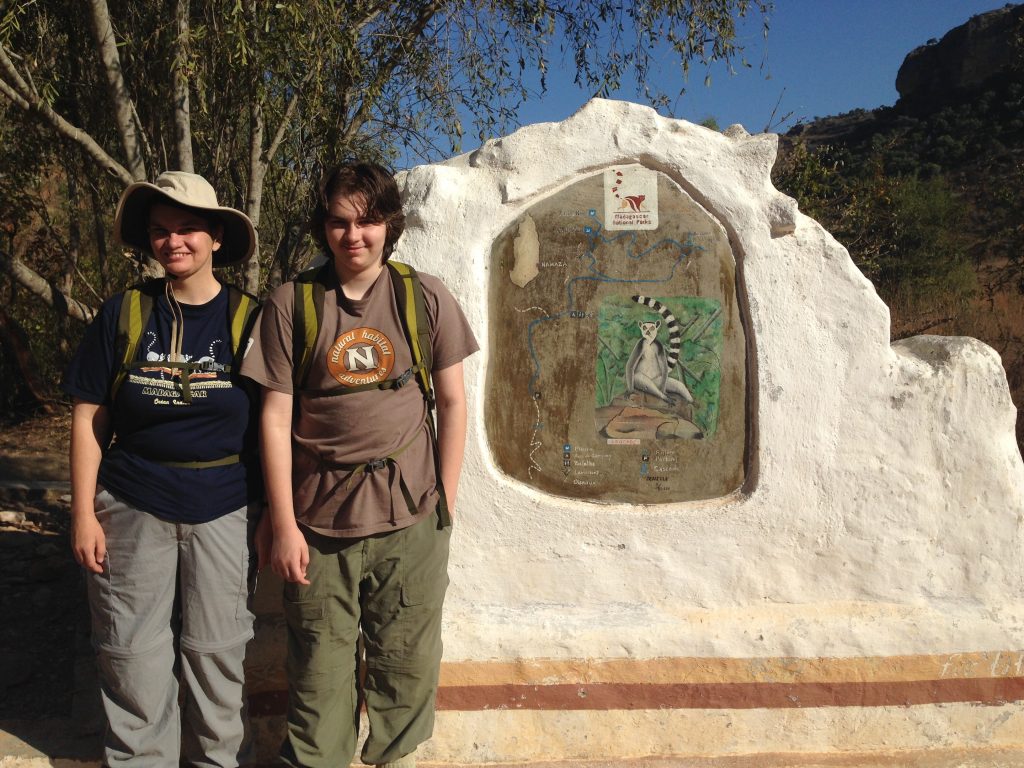
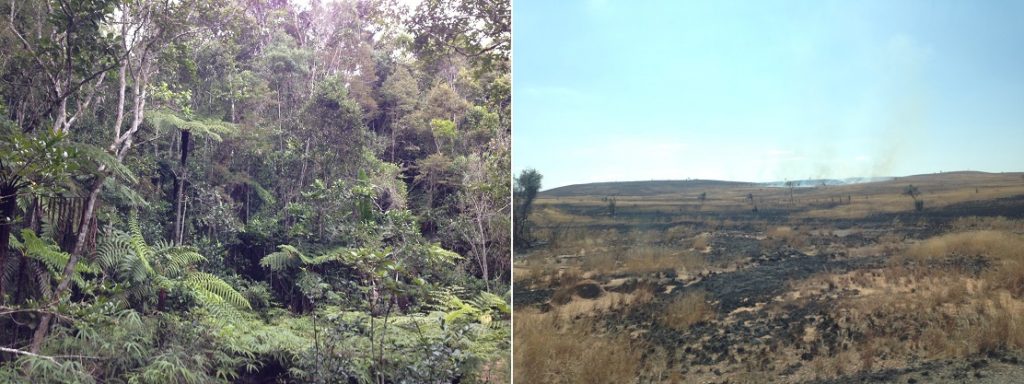
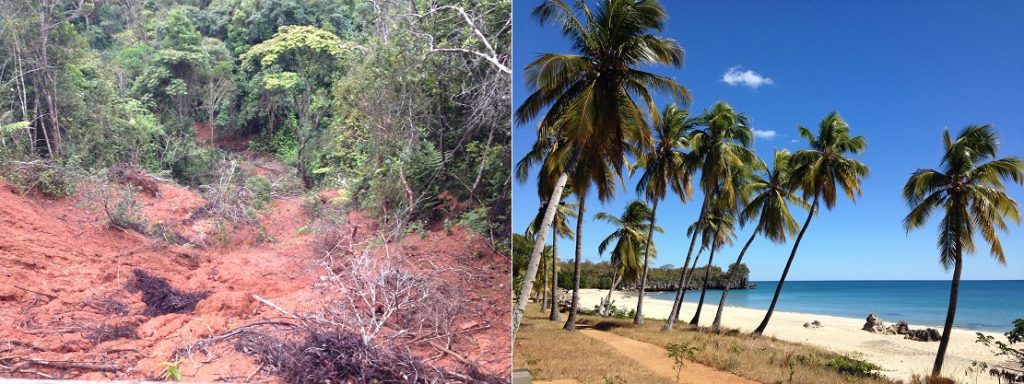
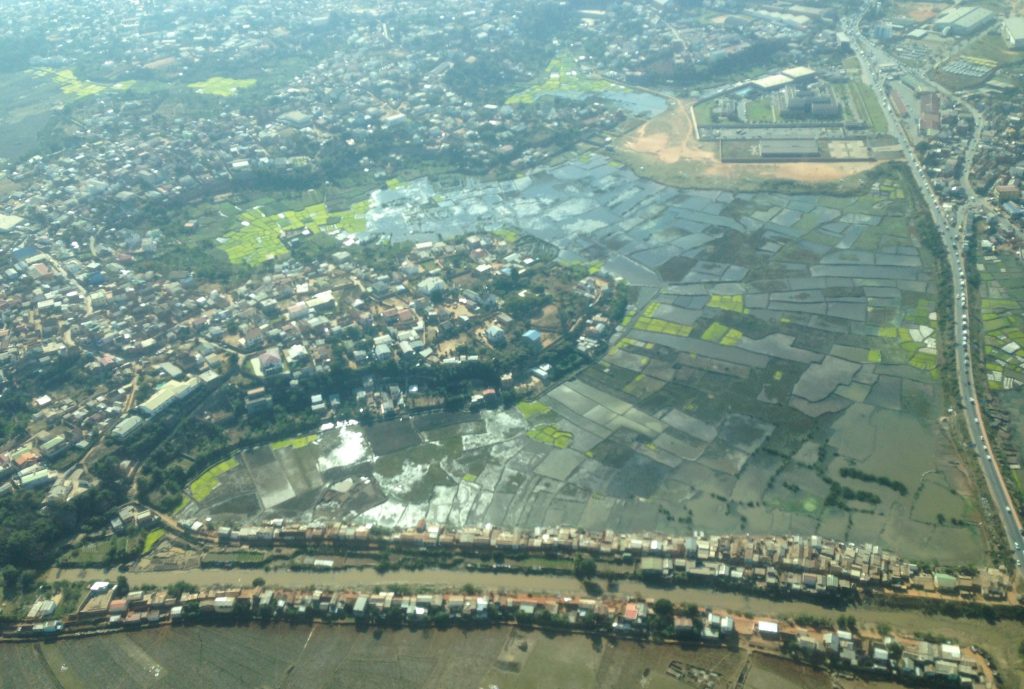
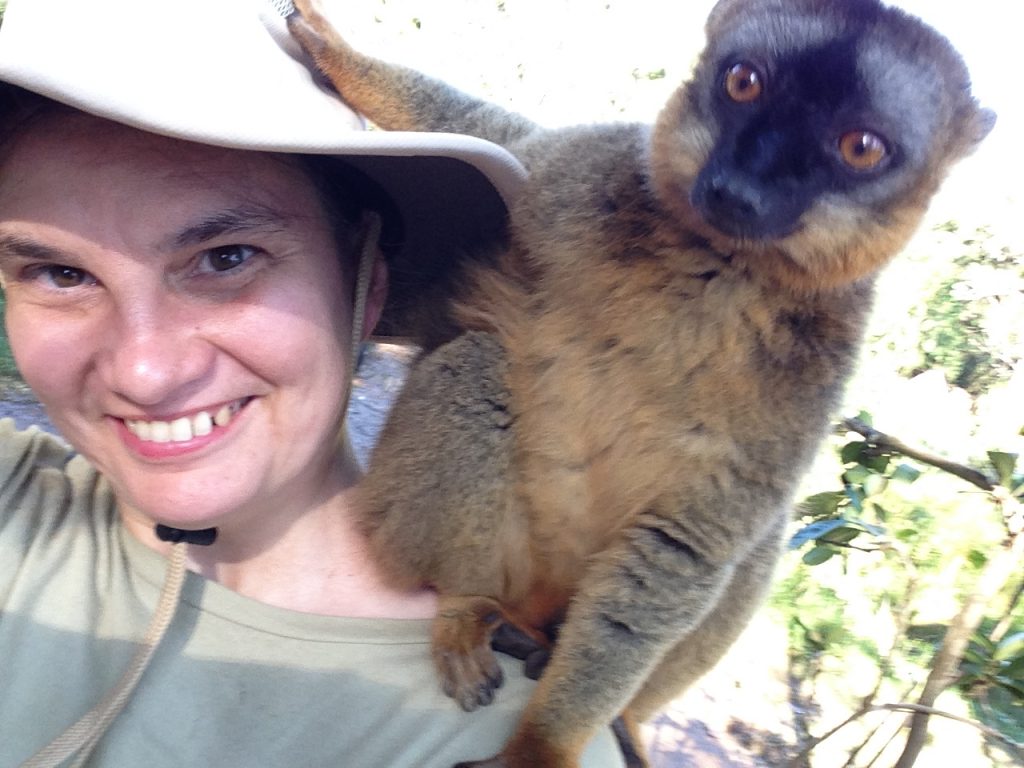
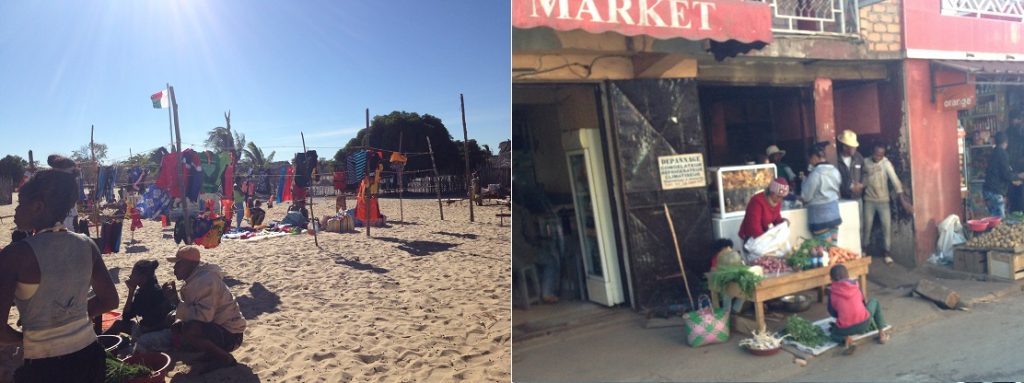


Comments:
Laura Eanes:
Wow, fun, fun trip! Looking at it from the language viewpoint is amazing. And it makes you wonder…do people who have such different languages have very different views of the world as they describe it?